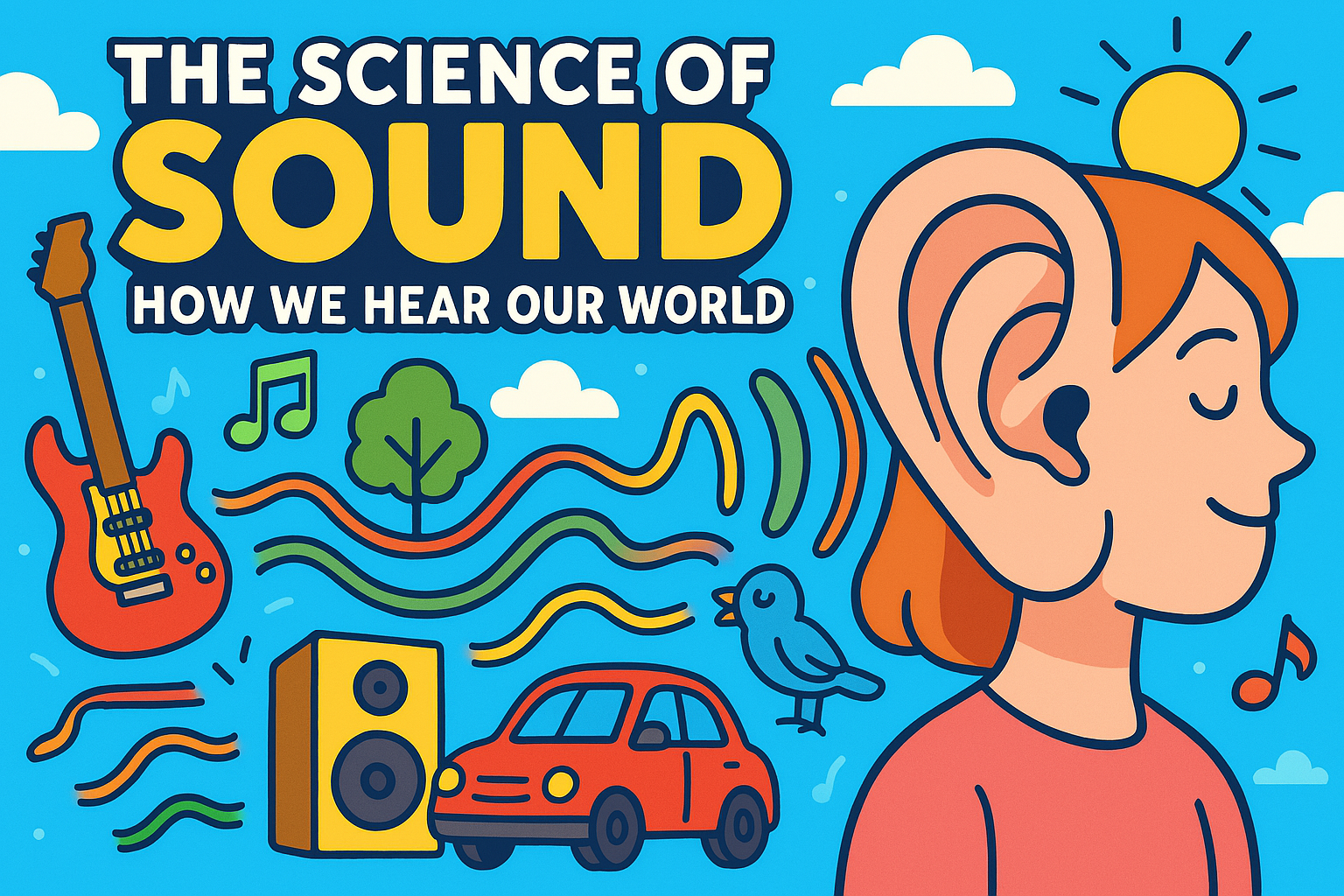The Science of Sound: How We Hear Our World (Lesson Plan)
Lesson Plan - The Science of Sound: How We Hear Our World
This home education lesson plan explores the physics of sound—how vibrations create sound waves, how those waves travel, and how our ears and brain turn those vibrations into something we hear. It’s a fascinating topic that links science with everyday experience. Whether it’s music, speech, or environmental sounds, everything we hear starts with simple movement. This lesson plan helps you guide your child through that process step-by-step.
You don’t need to be a physics expert to teach this. I’ve included clear explanations, fun activities, and creative tasks that make complex ideas easier to understand. You’ll learn together how sound moves through air, why some sounds are loud or high-pitched, and what makes echoes and vibrations work the way they do. There’s a mix of questions, hands-on experiments, and imaginative thinking throughout.
This lesson plan is designed for children aged 8 to 16, with flexible tasks that can be adjusted based on ability. It encourages curiosity, discussion, and real-world connections. It also links to our full Info Zone article at Lenara.uk, so you can explore the science in more depth whenever you’re ready. Sound good? Let’s get started!
This topic is part of our Info Zone collection. You can read the full topic, once logged in, here: The Science of Sound: How We Hear Our World
You’ll also find a full Lesson Plan and a handy Parent Q & A sheet, for this topic, ready to use..
Members Only
You need to be registered and logged in to access this lesson plan and all other learning resources, games and quizzes.
